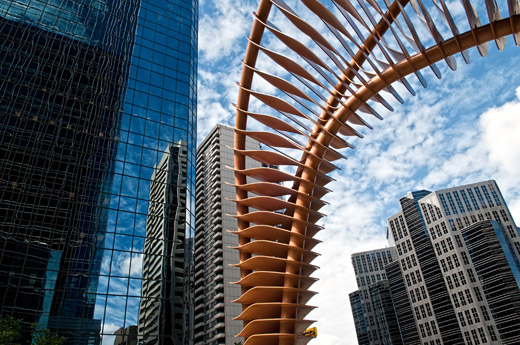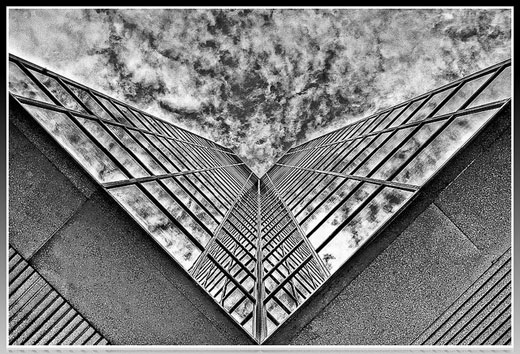I am a geek and I have been a geek for a long time. ‚So, when I first started managing my digital images I never thought I could trust a piece of software to look after the files on my computer. ‚I would use Windows Explorer to copy the files off of my camera and into a folder on my hard drive. ‚If I wanted to edit an image I would make a copy first and then edit the copy. ‚It worked great but it was very time consuming.
I tried the Kodak software that came with my first point and shoot but it was very slow and clunky and didn‚„t come with a decent image editor so I gave up on it and went back to copying files in Windows.
Google bought Picasa from Idealab in 2004, branded it, and started giving it away as a free download. ‚The Google fan-boy that I am I decided to give it a try and it was instant software love. ‚I don‚„t know how much of it was Idealab and how much of it was Google but I found Picasa to be a wonderful piece of software that did everything I needed in a slick, easy to use package.
First up was image import. ‚I no longer had to launch two explorer windows, create a folder and copy the files from my SD card to the new folder. ‚Instead, inserting the SD card into my laptop automatically launches a window that asks me if I want to import the files into Picasa. ‚All I have to do is click OK. ‚Picasa looks after the copy process and deletes all the images off the SD card after confirming the copy so I‚„m ready to go shooting again.
Next is the easy editing tools. ‚Once the image is in Picasa I can quickly navigate to an image and perform a number of easy edits.
- Red-eye removal
- Saturation and sharpening
- Convert to black and white or sepia
- Crop to any dimension or aspect ratio
- Facial recognition
- Straighten the image
- Tag and Geotag
- And much, much more…
Not only do the edit tools work easily and quickly but Picasa automatically creates a backup copy of the image and performs the edits on the copy so if you make a mistake or if you want a copy of the original you can always find it or revert back.
I ran into a bit of problem organizing my images initially as I was not using Picasa so I had created a 2009 folder and in it I created January, February, March, etc. ‚After I started using Picasa I had a very simple way to upload images to PicasaWeb for sharing with just a click of a button, however, it used the folder name as the album name on PicasaWeb. ‚This became a problem when I started uploading ‚“January‚ images from 2010 as they got put in the same album on PicasaWeb.
To solve this problem I developed the following strategy: ‚At the beginning of the month I create a folder in Picasa with the format YYYY-MM (Monthname), so for example I have 2011-01 (January), 2011-02 (February), etc. ‚This allows me to store and manage the images by date without worrying about duplicates and when I want my holiday photos I can easily search for ‚“December‚.
If you are not sure how to manage your photos or if the software you are using is awkward and not working well for you then I highly recommend you‚download and install it. ‚At the very least you should check out the‚video. ‚Come back next month and I‚„ll talk about advanced image editing without having to spend a lot of money on expensive software.
Living in Halifax, Nova Scotia, Glenn Euloth enjoys travelling on the photographic journey. ‚Visit‚www.euloth.com to join him on the trip or find him on our photography forum under the nickname of Iguanasan.

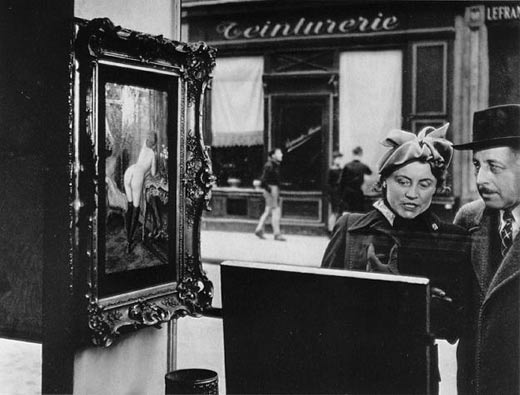
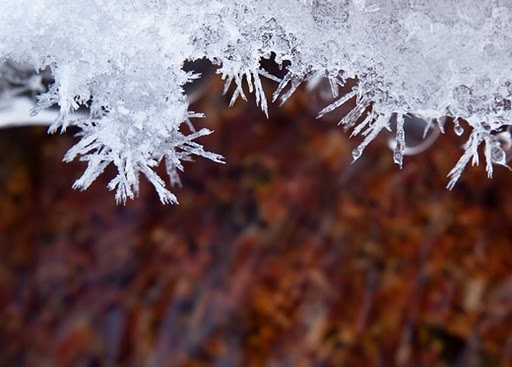
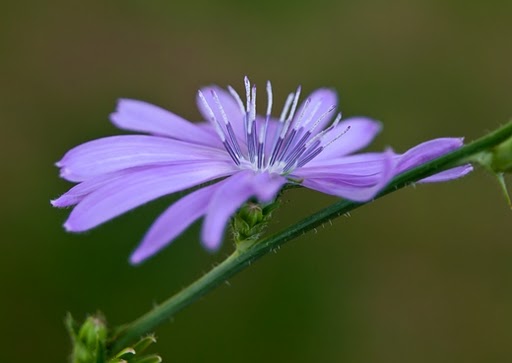

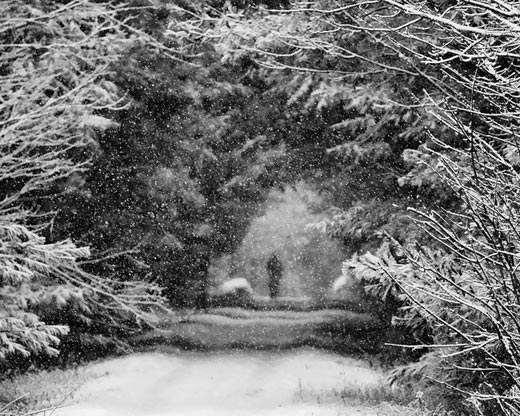
 ’ the falling snow here. A good exposure keeps the whites in check and offers up wonderful tonality with a good range of tones. If I have 1 teeny niggle I might burn in the lightest branches at top right by maybe 5%.
’ the falling snow here. A good exposure keeps the whites in check and offers up wonderful tonality with a good range of tones. If I have 1 teeny niggle I might burn in the lightest branches at top right by maybe 5%.